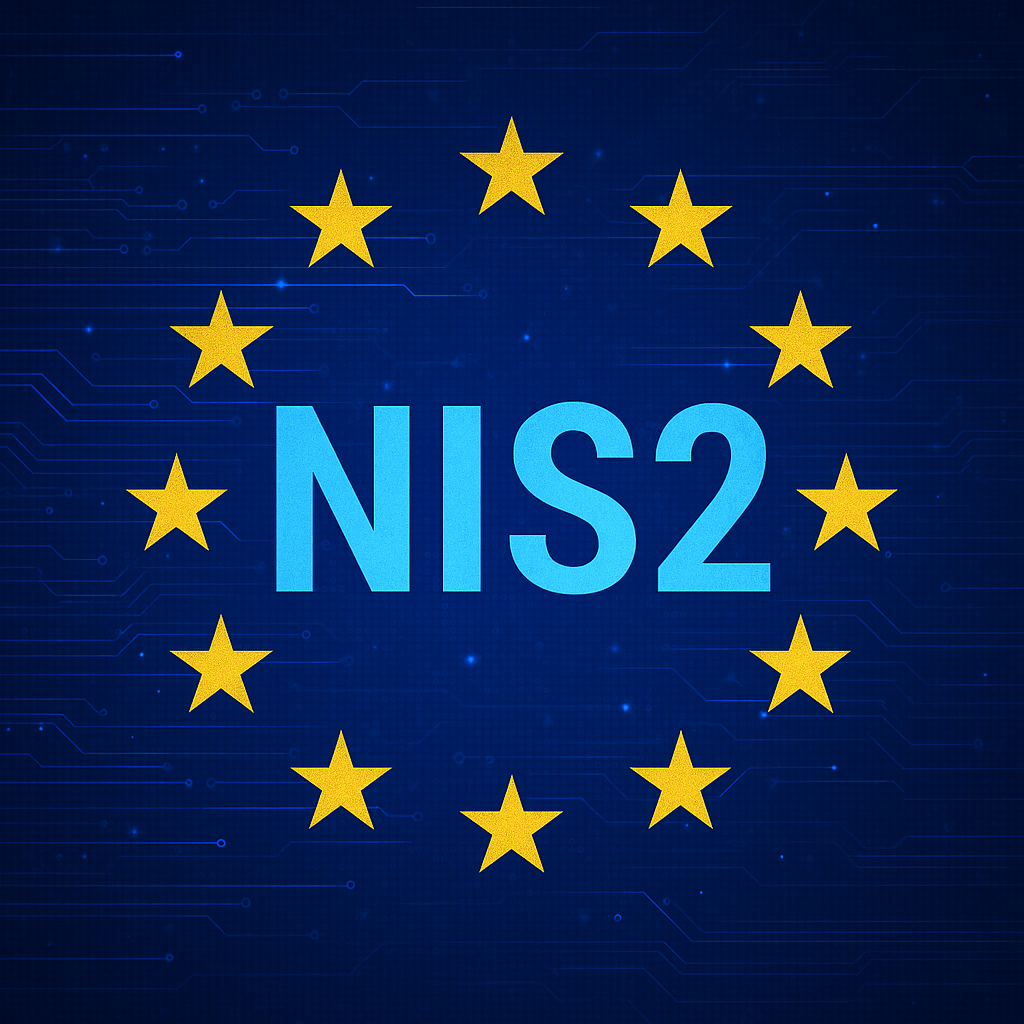Quantum Computing and Encryption: How Q-Day could redefine Cyber Security
Promising to solve problems that even the most powerful classical supercomputers can’t handle, Quantum computing has the potential to revolutionise fields ranging from medicine to cyber security. But what exactly is quantum computing, how does it work, and what will it mean for the world when it becomes reality?















